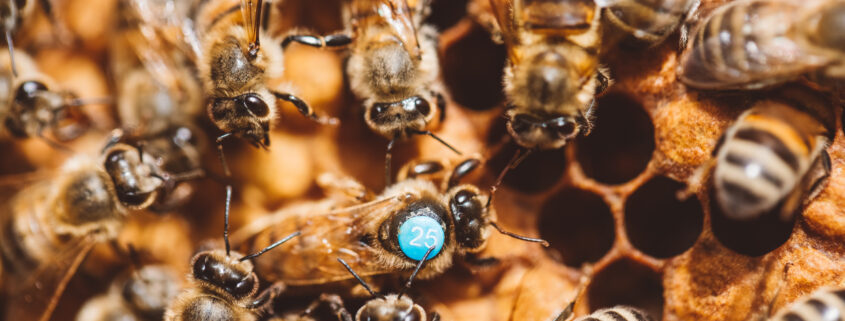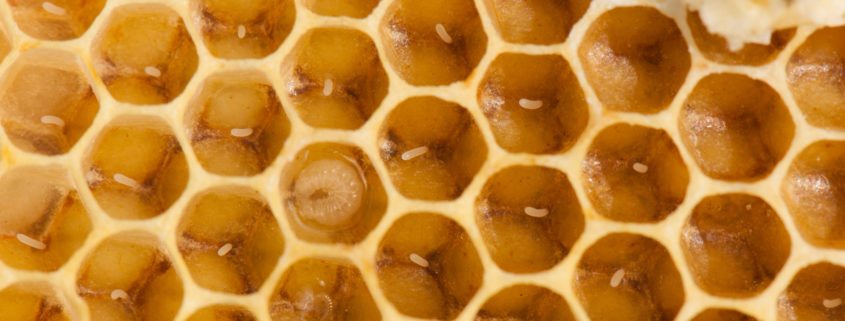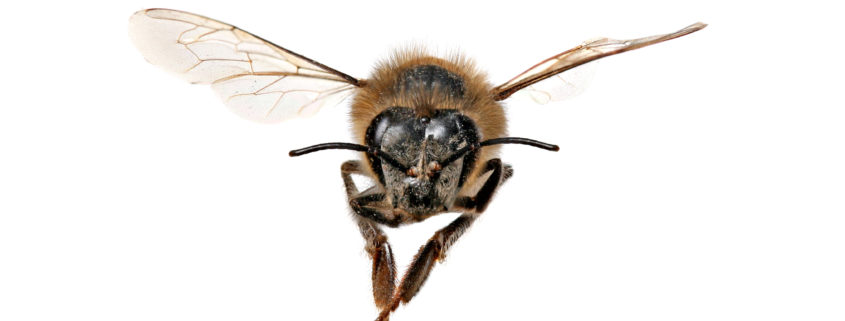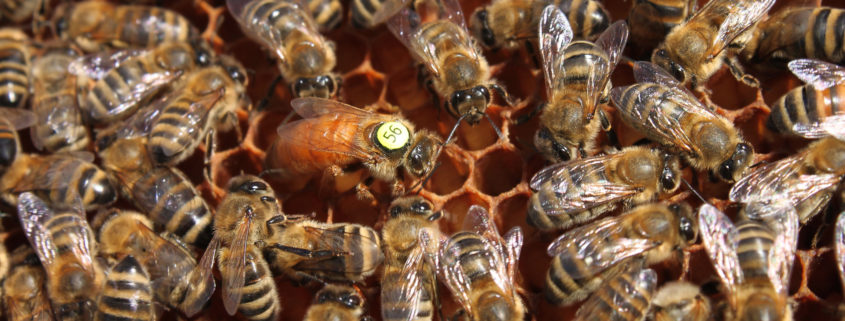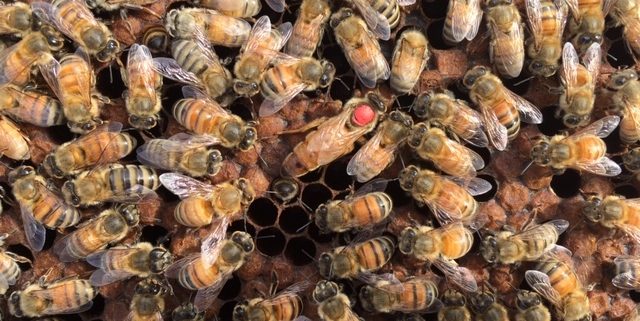The Queen Bee’s Many Hats: How Beekeepers Utilize Purchased Queens
The queen bee, the heart and soul of the hive, plays a critical role in honey production and colony health. While some beekeepers choose to rear their own queens, many rely on purchasing queens from professional breeders, each with their own intended purpose. Let’s explore the diverse ways beekeepers utilize these purchased queens to keep their apiaries thriving.
1. Colony Expansion: A common use is introducing a purchased queen to establish newly created colonies. This can be done via various methods such as by creating splits from existing hives. A young, mated queen purchased at the peak of egg-laying ensures rapid population growth and honey production in the fledgling colony.
2. Requeening: Replacing an aging or failing queen is another vital application. As queens age, their egg-laying rate declines, impacting honey production and colony strength. Beekeepers often choose queens with specific traits like disease resistance or honey production prowess to improve their stock. Purchased queens offer readily available replacements, avoiding the potential disruptions of trying to raise their own.
3. Genetic Improvement: Introducing queens with desirable traits can significantly improve the overall genetics of an apiary. Beekeepers select queens bred for disease resistance, the VSH trait, honey production, gentleness, or specific honey flavors. This allows them to build stronger, more productive colonies and adapt to local challenges.
4. Swarming Control: Swarming, the natural reproductive process where bees split to form new colonies, can be disruptive for beekeepers. Introducing a young, vigorous queen can suppress swarming in established hives. The increased pheromone production by the new queen discourages worker bees from raising their own queen and leaving the hive.
5. Research and Development: Purchased queens play a crucial role in beekeeping research. Breeders and researchers utilize commercially available queens with specific traits to study bee behavior, disease resistance, and honey production optimization. This understanding contributes to advancements in beekeeping practices and colony health.
6. Nuc Production: Some beekeepers specialize in raising and selling nucleus hives for other beekeepers to establish new colonies. Purchased queens with desirable traits form the foundation of these starter colonies, ensuring their viability and attractiveness to buyers.
7. Educational Demonstrations: Beginner beekeepers often benefit from observing experienced beekeepers introduce a new queen. Purchasing queens for use in workshops or demonstrations allows others to learn firsthand about this essential beekeeping task.
8. Queen Rearing Support: Some purchased queens serve as breeder queens for queen rearing. In this scenario, breeder queens will provide larvae from the purchased queen, allowing the beekeeper to raise and introduce new queens with desirable traits into their hives.

